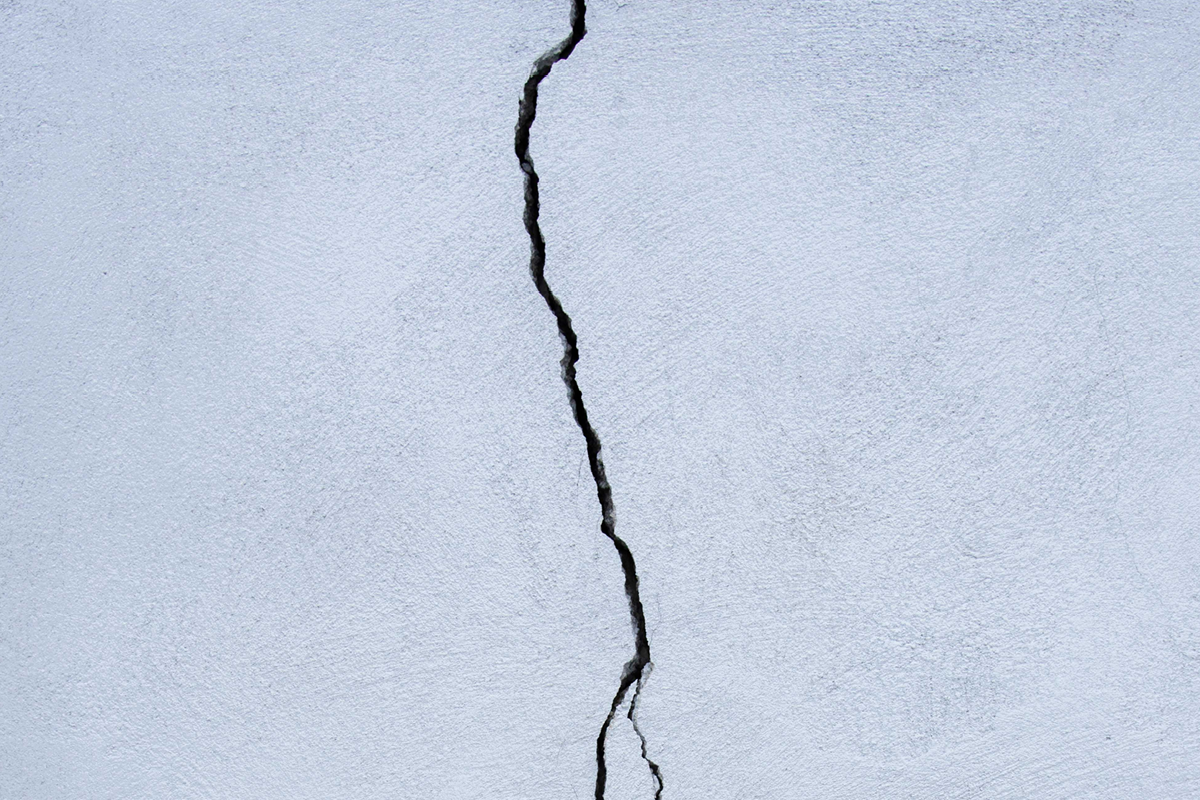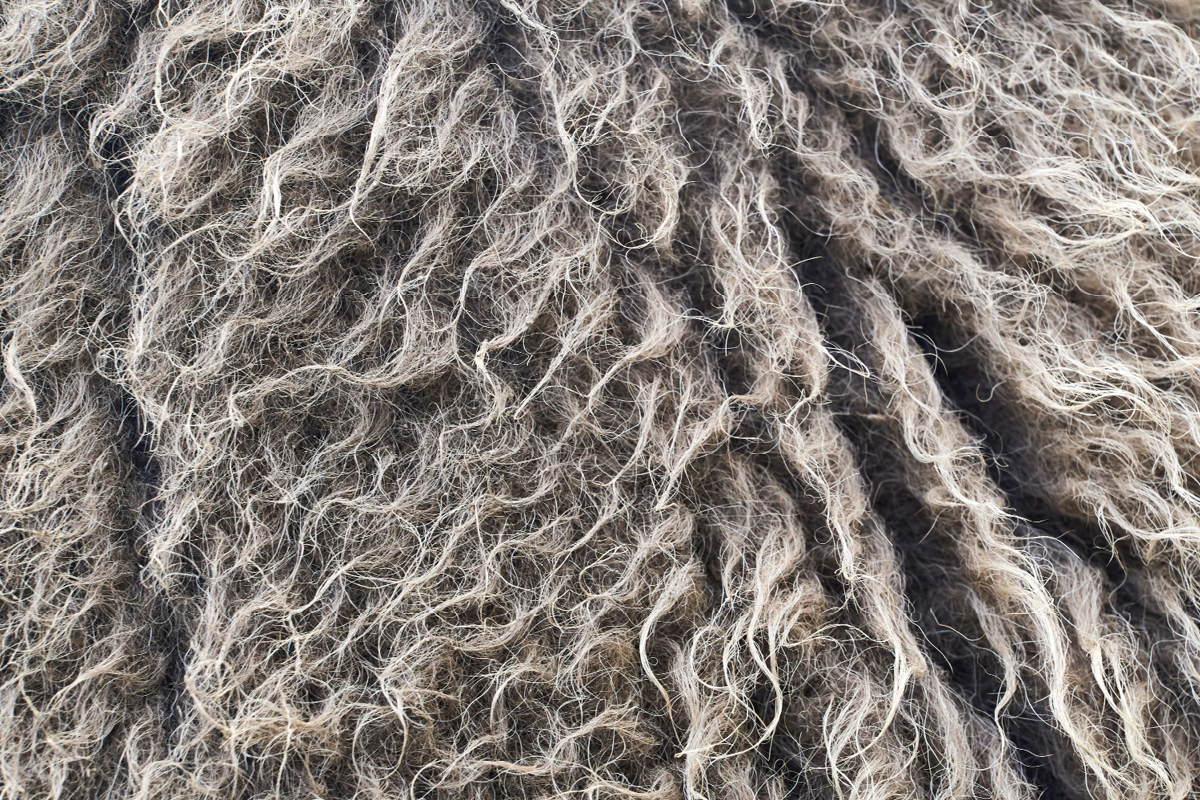HOW TO MAKE YOUR GRASS GREENER
Summer is here, and with the warmer weather and extra hours of sunshine, many of us will be heading out to enjoy precious time in our gardens. But is your dull, lifeless, and off-colour lawn getting you down?
Figuring out exactly what your lawn needs to be restored to full health can be tricky, and a thick, lush lawn may sometimes feel like a distant dream. Fear not; we have you covered! Here are 10 top tips from gardening expert Fiona Jenkins at MyJobQuote.co.uk on how to make your grass look greener than ever, not only this summer but for seasons to come:
Feed Your Lawn
Using a good quality fertiliser is vital to keeping your lawn looking lush and green all year round. You should, however, only feed your lawn during the growing season meaning one feed in spring and a further one in autumn.
A quality spring fertiliser, if applied correctly, should encourage grass to grow thicker and greener. These specialised fertilisers are high in nitrate, which is key in stimulating the chlorophyll needed for photosynthesis.
Autumn fertilisers are designed to encourage the growth of grass roots and boost the overall health and resistance of your lawn. They may not show the same noticeable results as spring fertilisers in terms of growth and colour but are important for helping your grass to stay strong against cold and frosty conditions.
Mow Regularly…
We are currently in the midst of ‘No Mow May’, an initiative that encourages people to refrain from mowing their lawns during May to support pollinators such as bees and butterflies. On the whole, however, regular mowing is an important step in making your grass greener and thicker.
Regular mowing encourages grass to grow through a process known as the ‘stimulation effect’. The principle works much the same as how we are advised to get our hair trimmed regularly to enable it to grow faster!
When you mow your lawn consistently to a good height you are removing the top portion of the grass blades, which prompts it to produce new shoots and leaves to compensate, resulting in a denser turf. It also has the additional benefit of removing any weeds which may be stealing sunlight, nutrients, and water from your grass.
…But Don’t Mow Too Short
As important as regular mowing is, it is equally important to be mindful that we are not cutting our lawns down too short. If you cut too much off your grass, you are putting excessive stress on the plants and inhibiting their ability to photosynthesise effectively by reducing the surface area of the leaves, making them weaker and more vulnerable.
Grass that has been cut too short also lacks the energy reserves necessary for developing a robust root system and will become thinner and less able to compete with weeds. For these reasons, in order to maintain lawn health and vitality, you should avoid cutting any more than one-third of the grass blade length with each mow.
Keep Your Mower Blades Sharp
The reason you are struggling to achieve a thick, green lawn could be as simple as the blade on your mower. Dull blades can affect lawn quality by tearing the grass rather than making clean cuts. This leads to jagged, uneven edges on the leaves, which stresses them and leaves them looking brown and struggling to grow as they try desperately to repair the damage.
If you want to keep your grass looking lush you should aim to sharpen the blades on your lawn mower at least once per growing season. Using a dedicated blade sharpening tool is highly recommended as this will offer the most effective results with the least amount of effort, as well as coming with all of the necessary safety features.
Overseed Thinner Patches
If you have noticed that your lawn has started to develop thinner patches or bare spots, it may be that you need to overseed these areas with a high-quality grass seed. Adding new seeds to your lawn’s current grass will provide more coverage and give it a thicker, denser appearance.
Aerate in Autumn
To achieve thicker, greener, and healthier grass you should be aiming to aerate your lawn every autumn. The process of aeration involves poking lots of small holes into the soil beneath your lawn. This can be done with a manual aerator or garden fork or, if you have a larger garden, you may wish to invest in an electric aerator which can cover a lot of ground in a short amount of time.
Over time your lawn’s soil will become compacted due to factors such as foot traffic, heavy machinery, and natural settling, which will in turn restrict root growth and impede the penetration of water, air, and nutrients. Aerating your lawn relieves soil compaction, thus enhancing root development and allowing the grass to access nutrients more effectively.
Spot-Treat Weeds and Moss
Weeds such as dandelions, daisies, and buttercups, as well as moss, are commonly found on UK lawns. They can affect your lawn’s greenness because they are often not vibrant shades of green themselves, hindering grass growth and reducing its resources.
Whilst it may be a time-consuming process, pulling out weeds by hand is usually the safest method to avoid damaging your grass – just make sure that you pull them out from the root to prevent regrowth. Many autumn lawn feeds come with a built-in moss killer, and moss can then be raked away gently around 2 weeks after application.
Stay on Top of Thatch
Thatch is a layer of dead grass clippings, roots, and organic matter that, over time, will build up between the soil surface and the actively growing grass. The more this builds up, the more it starts to act like a barrier, preventing water, air, and nutrients from getting to the soil. This restricts the grass’s access to these essential resources, resulting in a thinner and weaker turf with a duller green colour.
Thankfully, dethatching is a very simple process that doesn’t require any specialist tools! Simply going over your lawn with a sturdy garden rake should do the trick perfectly and promote a healthier, thicker, and greener lawn.
Avoid Too Much Shade
You have probably already noticed that grass on shady lawns grows poorly in comparison to that on lawns that get access to full sun. Grass needs sunlight to grow thick and healthy, so reducing garden objects that could block it out will leave your lawn thankful.
Of course, certain factors are out of our control, but the simplest steps like cutting back a large bush or tree could help your grass to receive those valuable extra couple of hours of sunlight a day!
Water When Needed
In the UK, we generally get enough rain that watering our grass isn’t essential, but those few weeks of summer heatwave easily sneak up on us! If your grass is left looking yellow and sparse due to lack of water and too much hot sunlight, it is a good idea to water it once a day during this period – just be mindful of any current restrictions, such as hose pipe bans!
Final Thoughts
A lush green lawn is something that all gardeners aspire to, particularly during the summer months when we will likely be spending more time outside. As you can see, there is no quick shortcut to achieving this, but with a little time and effort your grass can become thicker and greener than ever!
MORE ABOUT THE AUTHOR… FIONA JENKINS
Fiona Jenkins is a UK-based landscaper with over twenty-five years of experience in the industry. As a gardening expert for MyJobQuote, one of the UK’s top trades-matching sites, Fiona offers her expert advice to MyJobQuote’s tradespeople and homeowners and has also been featured as a gardening expert for a range of reputable publications.













